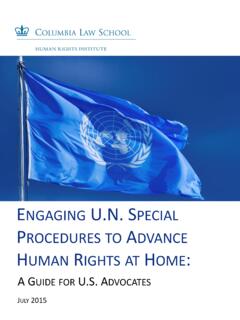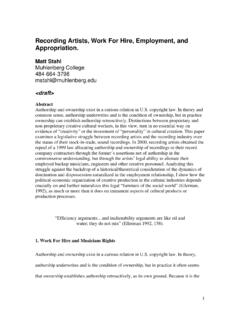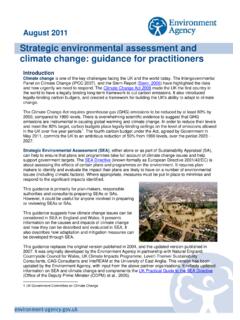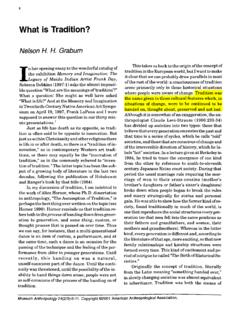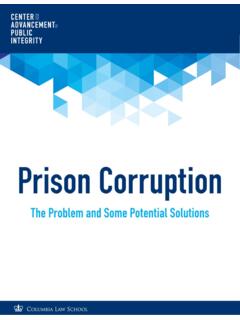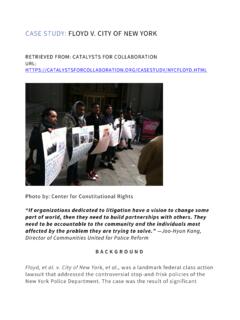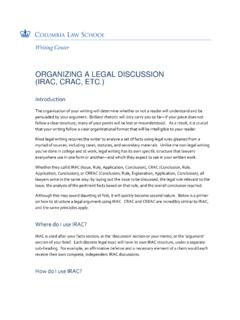Transcription of Surrogacy Law and Policy in the U.S.
1 Surrogacy Law and Policy in the Columbia Law School Sexuality & Gender Law Clinic ( 2016 ) 0 Surrogacy Law and Policy in the : A National Conversation Informed by Global Lawmaking Report of the Columbia Law School Sexuality & Gender Law Clinic Alex Finkelstein ( 17), Sarah Mac Dougall ( 16), Angela Kintominas ( 16), Anya Olsen ( 17).1 May 2016 1 The Clinic team thanks the assistance of Catherine J. Djang ( 16), Kate W. Gadsden ( 16), Associate-in-Law Marie-Amelie George, and Herbert and Doris Wechsler Clinical Professor of Law and Executive Vice President for University Life of Columbia University, Suzanne B. Goldberg in preparing this Report. Surrogacy Law and Policy in the Columbia Law School Sexuality & Gender Law Clinic ( 2016 ) ` 1 Table of Contents Executive Summary.
2 3 Part 1 Definitions and Context .. 5 A. Definitions and Terminology .. 5 B. Overview of the Surrogacy Industry .. 6 C. State Law: Overview of Diverging Positions on Surrogacy .. 8 1. States Where Surrogacy is Expressly Prohibited .. 9 2. States Where Surrogacy Is Expressly Allowed .. 9 3. States Where Surrogacy Is Not Clearly Addressed .. 10 D. Overview of Other Countries Positions on Surrogacy .. 11 1. States That Prohibit All Forms of Surrogacy .. 12 2. States That Leave Surrogacy Unregulated .. 13 3. States That Expressly Permit and Regulate Non-Commercial Surrogacy .. 14 4. Jurisdictions That Allow All Types of Surrogacy .. 15 Part 2 Arguments and Issues .. 18 A. The Rights, Well-being, and Best Interests of the Child .. 18 1. Commodification of Children.
3 18 2. Statelessness .. 20 3. A Child s Right to Know His/Her Biological Parentage and Heredity .. 20 4. Judicial Interpretations of the Best Interest of the Child .. 22 B. Rights and Interests of the Surrogate .. 24 1. Informed Consent .. 24 2. Health Risks to the Surrogate .. 28 3. Bodily Autonomy and Medical Decision-Making .. 30 4. International Human Rights Law .. 32 C. A Broader Context: Systematic Objectification and Exploitation of Disadvantaged Women . 32 1. Impact on Disadvantaged Women .. 33 2. Surrogacy as Exploitative of All Women .. 35 D. The Rights of the Intended Parent/s .. 37 1. Constitutional Law .. 37 2. International Human Rights Law .. 38 3. Medical Infertility, Other Health Problems, and the Rights of People With Disabilities.
4 39 4. LGBQTI People, Unmarried Couples, and Single People .. 40 E. Fragmentation of the Traditional Conception of the Family and Parenthood .. 40 F. The Impact of State Intervention: Consequences of the Regulation of Domestic and Transnational Surrogacy Markets .. 42 1. Broad Positions .. 42 2. State Framing of the Practice of Surrogacy and Rights Protection .. 42 Surrogacy Law and Policy in the Columbia Law School Sexuality & Gender Law Clinic ( 2016 ) ` 2 Part 3 Possible Legislative Provisions under Proposed New York Law .. 46 A. Access and Approval Processes .. 46 1. Criteria Applying to All Parties .. 46 2. Criteria Applying to Intended Parent/s .. 47 3. Criteria Applying to the Surrogate .. 48 B. Legal Rights and Responsibilities .. 49 1.
5 Provisions in Surrogacy Contracts and Enforceability .. 49 2. Reimbursement of Expenses to the Surrogate versus Compensation .. 51 3. Transferral of Parentage .. 52 Appendices .. 54 Appendix A: State Laws Comparison Table .. 55 State Law Overview .. 55 Statutory Provision Comparison In States Where Surrogacy is Regulated .. 64 Possible Provisions Appendix B International Laws Comparison Table .. 86 - Countries that Prohibit Surrogacy .. 86 Countries that Allow and Regulate Surrogacy .. 87 Surrogacy Law and Policy in the Columbia Law School Sexuality & Gender Law Clinic ( 2016 ) ` 3 Executive Summary Surrogacy raises many complex, contested, and ever-developing questions at the intersection of the law, science, ethics, and public Policy .
6 Surrogacy concerns both the most intimate and deeply personal aspects of family life, but also important public matters about promoting and protecting the best interests of vulnerable groups such as children, women, and minorities, both nationally and across international borders. This debate occurs in a context where Surrogacy is now a fast-growing and globalizing industry. At least several thousand children are born each year as a result of Surrogacy arrangements, and this could be a significant understatement. This Report aims to inform advocates and citizens about important developments and fundamental issues concerning Surrogacy . This information can be a particularly useful tool in evaluating proposed changes in state Surrogacy laws. Part 1 of this Report introduces the international Surrogacy industry and how Surrogacy is currently regulated in the and across the globe.
7 States have responded to the Policy issue of Surrogacy in very different ways. Some states expressly allow Surrogacy . However, other states leave Surrogacy partially or fully unaddressed, and some expressly prohibit Surrogacy altogether. Despite the wide degree of inconsistency across the , most states are moving away from prohibition and towards regulation. New York is one of only four states that bans Surrogacy entirely. There is no consensus on how to approach Surrogacy around the world. In some countries, Surrogacy remains unregulated, but there is a general trend towards introducing laws that explicitly address Surrogacy one way or another. Other jurisdictions permit and regulate only non-commercial Surrogacy while prohibiting commercial Surrogacy .
8 Finally, there are some countries that permit all forms of Surrogacy , including commercial Surrogacy . Many Surrogacy -friendly jurisdictions have become or were previously destination states for foreigners. Many concerns have been raised about the lack of regulatory, legislative, and health standards, making conditions dangerous and exploitative for surrogates and children in these locations. Notably, many destination countries are working to close down their international Surrogacy markets. Part 2 of the Report canvasses the key arguments for and against the legalization of Surrogacy . An important starting consideration is that many people have a strong desire to be a parent even though they may not be able to carry a child themselves. This includes LGBQTI couples (especially gay men), single people, and people suffering from infertility, disability or other health problems.
9 But the right to have a biological family needs to be balanced with other rights and interests. A competing concern is what is in the best interests of children. Key issues include the risk of a child becoming stateless, the right of a child to know their ancestry, and Surrogacy Law and Policy in the Columbia Law School Sexuality & Gender Law Clinic ( 2016 ) ` 4 broader concerns about the commodification of children. However, as a practical matter, states must also do what is in the best interests of children who are born through Surrogacy even where parents have contravened their laws. Also paramount are the rights and interests of surrogates. Key issues include surrogates bodily autonomy and informed consent. Critically, the situation of individual surrogates is also connected to the much broader concerns about the objectification and exploitation of disadvantaged women worldwide.
10 Furthermore, there are arguments regarding the impact of Surrogacy upon deeply held convictions regarding the family. Finally, this Part concludes with an overview of key issues regarding the impact of state intervention. A key question is whether regulation serves to legitimize an inherently dangerous and exploitative practice or whether it is the best route to mitigate the risks of Surrogacy and promote the interests of all involved. As this Report demonstrates, one of the difficulties in assessing the arguments for and against Surrogacy is the lack of data on Surrogacy as well as limited empirical studies into the consequences of Surrogacy across hugely varying contexts. Even where data and empirical studies are available, many of the arguments are grounded in ethical, philosophical, religious, or other normative positions that are difficult to empirically measure or to compare against each other.
